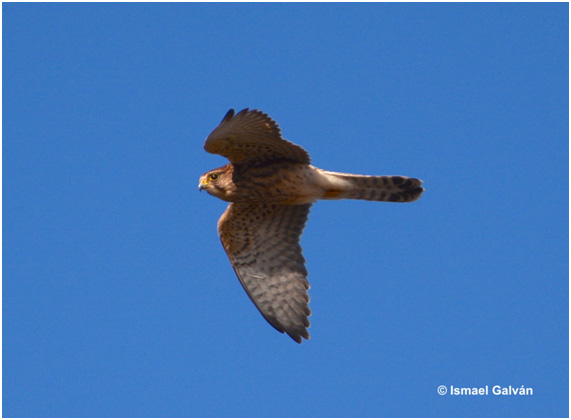The evolutionary explanation for lifespan variation is still based on the antagonistic pleiotropy hypothesis, which has been challenged by several studies. Alternative models assume the existence of genes that favor aging and group benefits at the expense of reductions in individual lifespans. Here a new model is proposed without making such assumptions. It considers that limited dispersal can generate, through reduced gene flow, spatial segregation of individual organisms according to lifespan. Individuals from subpopulations with shorter lifespan could thus resist collapse in a growing population better than individuals from subpopulations with longer lifespan, hence reducing lifespan variability within species. As species that disperse less may form more homogeneous subpopulations regarding lifespan, this may lead to a greater capacity to maximize lifespan that generates viable subpopulations, therefore creating negative associations between dispersal capacity and lifespan across species. This model was tested with individual-based simulations and a comparative study using empirical data of maximum lifespan and natal dispersal distance in 26 species of birds, controlling for the effects of genetic variability, body size, and phylogeny. Simulations resulted in maximum lifespans arising from lowest dispersal probabilities, and comparative analyses resulted in a negative association between lifespan and natal dispersal distance, thus consistent with our model. These findings therefore suggest that the evolution of lifespan variability is the result of the ecological process of dispersal. informacion[at]ebd.csic.es Galván & Møller (2018) Dispersal capacity explains the evolution of lifespan variability Ecol Evol https://doi.org/10.1002/ece3.4073
https://onlinelibrary.wiley.com/doi/abs/10.1002/ece3.4073

 Las altas temperaturas están provocando que las lagunas y las marismas de Doñana pierdan agua rápidamente
Las altas temperaturas están provocando que las lagunas y las marismas de Doñana pierdan agua rápidamente




